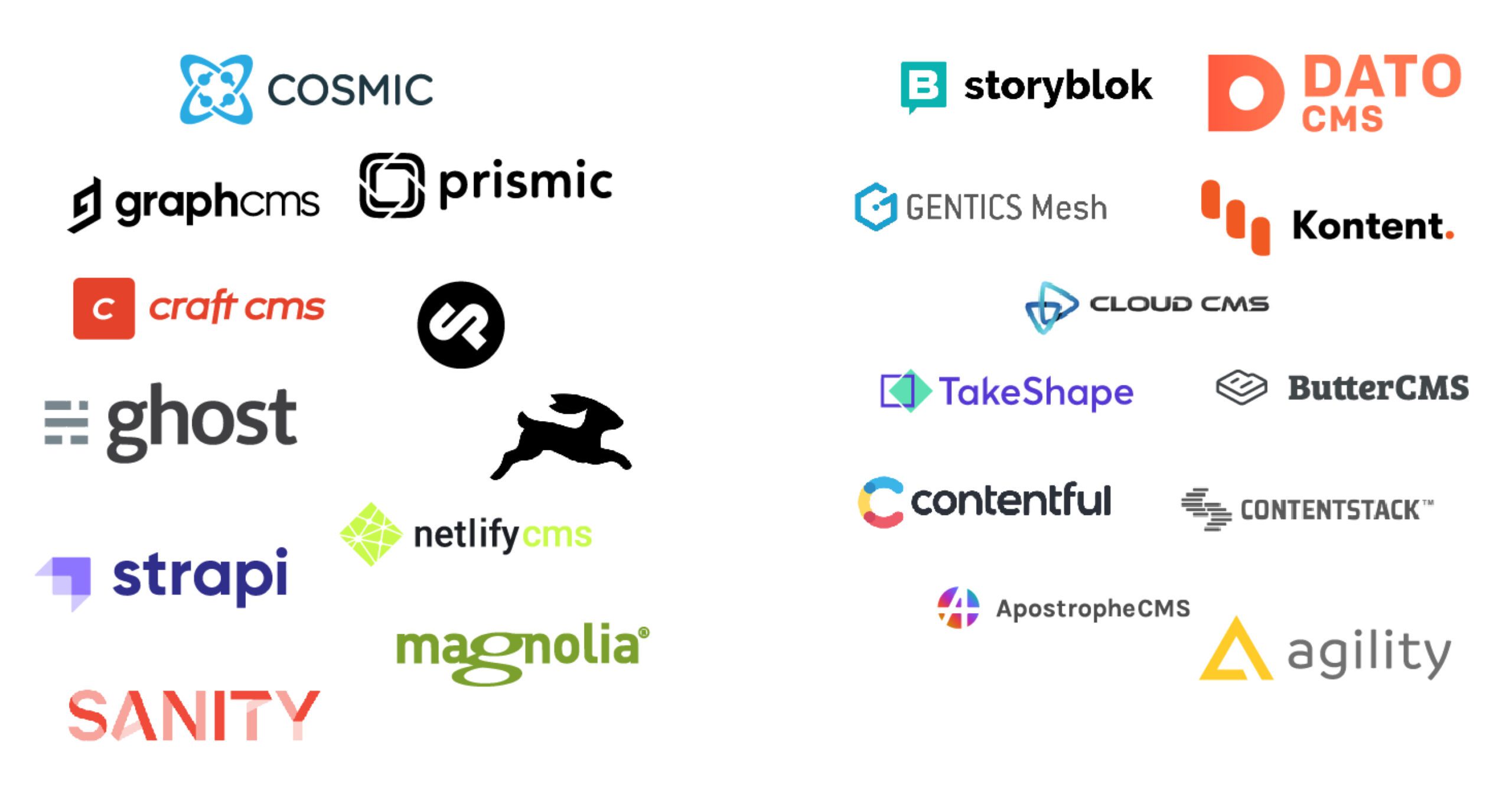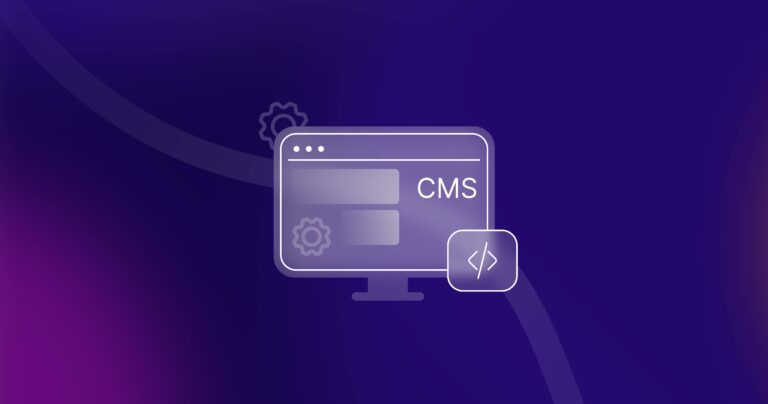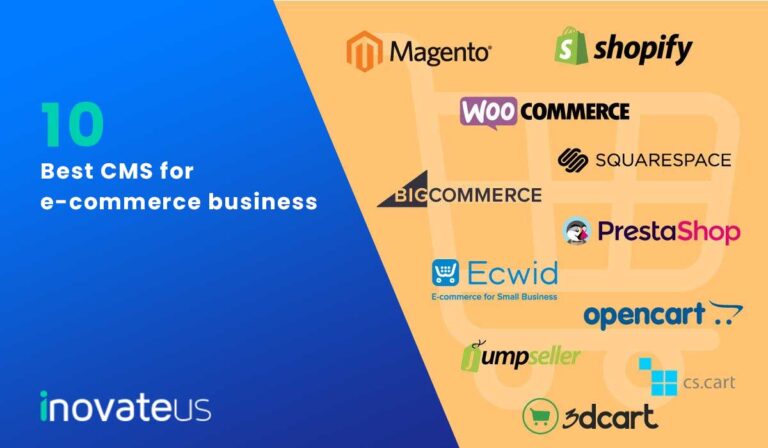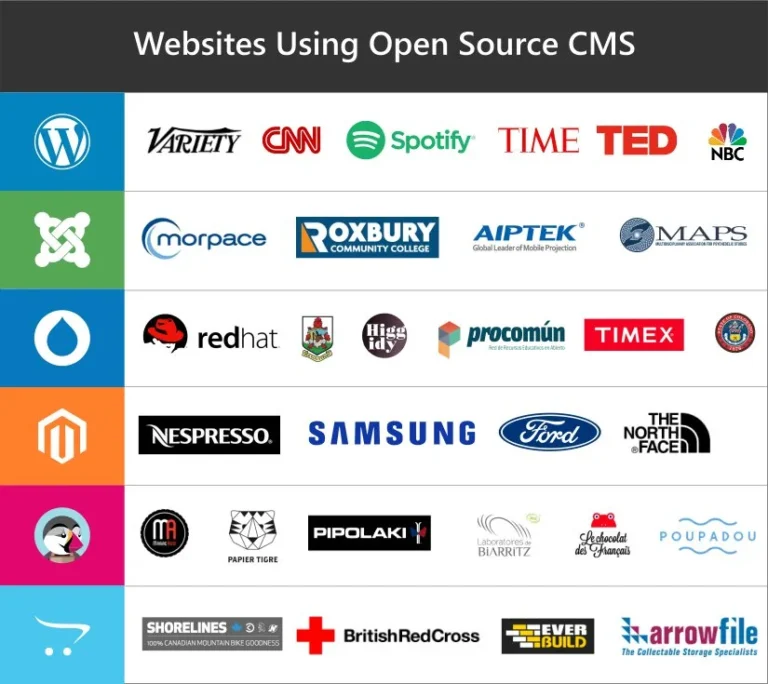Best Headless CMS: Top Picks for Seamless Content Management
The best headless CMS options include Contentful, Strapi, and Sanity. These platforms excel in flexibility, scalability, and integration capabilities.
Headless Content Management Systems (CMS) have revolutionized how businesses manage and deliver content. Unlike traditional CMS, headless solutions separate the front end from the back end, allowing developers to use any technology for presentation. This flexibility enables companies to create unique user experiences across various platforms, including websites, mobile apps, and IoT devices.
As digital content demands grow, choosing the right headless CMS becomes crucial for effective content delivery. The best options offer robust APIs, easy integration, and user-friendly interfaces, catering to developers and content creators alike. Understanding the features and benefits of top headless CMS solutions can help organizations make informed choices for their content strategy.
The Rise Of Headless Cms
Headless CMS is changing how we manage content. Traditional systems combine content creation and display. Headless CMS separates these roles. This flexibility meets modern digital needs.
What Is A Headless Cms?
A Headless CMS is a content management system without a front end. It focuses only on content storage and delivery. The front end is handled by different technologies. This separation allows developers to create unique user experiences.
Key features include:
- API-driven architecture
- Content delivery across multiple platforms
- Scalability for growing businesses
Benefits Of Going Headless
Choosing a headless CMS offers many benefits. Here are some of the top advantages:
- Flexibility: Use any technology stack.
- Speed: Faster load times enhance user experience.
- Omnichannel Delivery: Share content across various platforms.
- Future-Proof: Easily adapt to new technologies.
- Improved Collaboration: Teams can work on content and design separately.
Many organizations benefit from these features. A headless CMS fits the fast-paced digital world. It helps brands stand out and engage customers effectively.
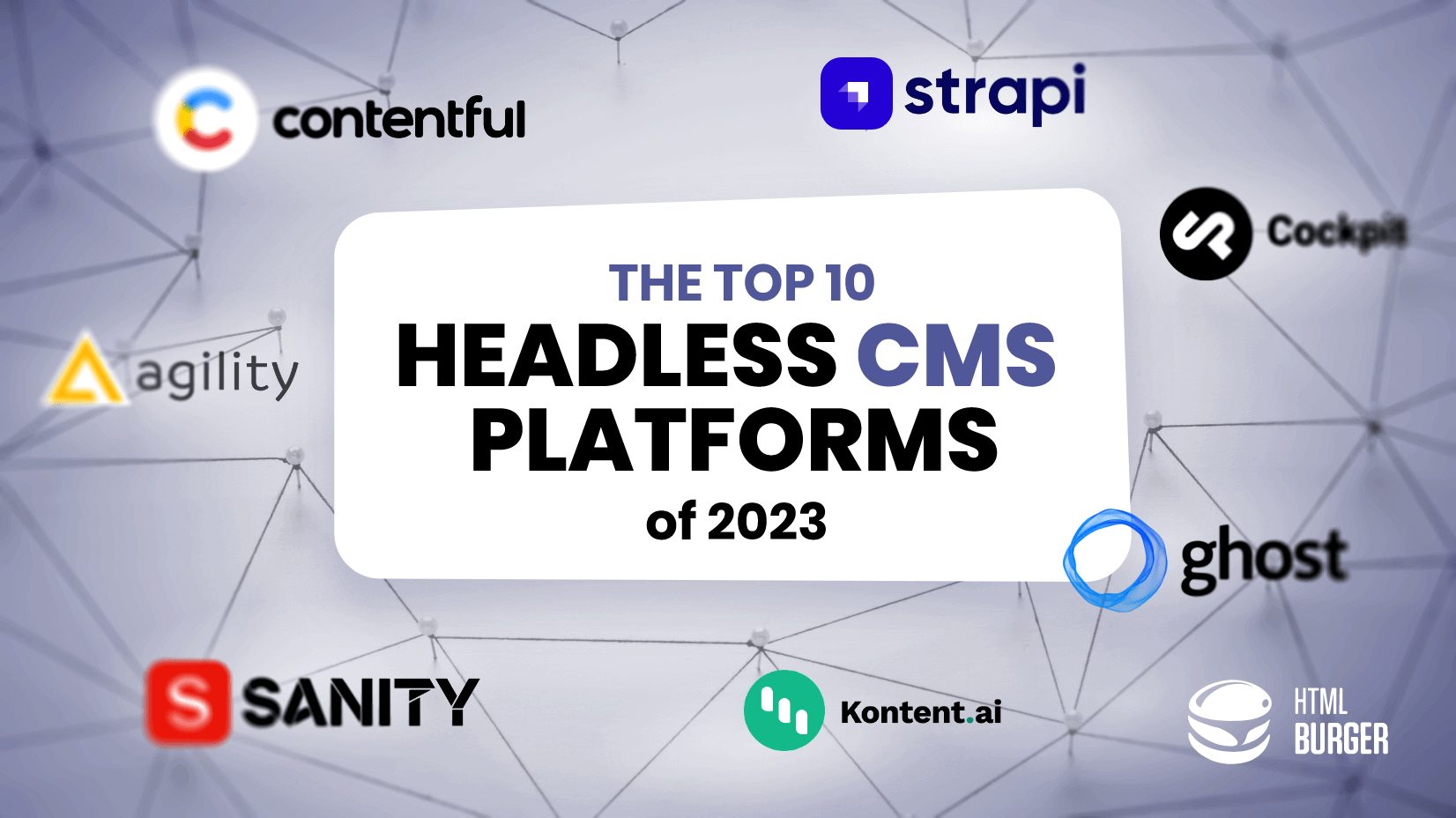
Credit: htmlburger.com
Key Features To Look For In A Headless Cms
Choosing the right headless CMS can be challenging. Focus on essential features that meet your needs. Look for flexibility, performance, and security. Here are the key features to consider.
Api-First Approach
An API-first approach is crucial for modern CMS solutions. This feature allows developers to connect easily with various platforms. Here are some benefits of an API-first headless CMS:
- Seamless integration with different technologies.
- Easy content delivery across multiple channels.
- Support for custom development and third-party tools.
APIs enable smooth communication between your CMS and other systems. This makes it easier to adapt to changing needs.
Scalability And Performance
Scalability is vital for growing businesses. A good headless CMS should handle increased traffic without slowing down. Here’s what to look for:
| Feature | Benefit |
|---|---|
| Dynamic Content Delivery | Quickly serve content to users. |
| Load Balancing | Distributes traffic evenly. |
| Cloud Hosting | Offers flexibility and reliability. |
Ensure the CMS can grow with your needs. Fast performance keeps users engaged and happy.
Security Considerations
Security is paramount in any CMS. A headless CMS should offer strong protection for your data. Consider these security features:
- Data encryption for sensitive information.
- Regular updates to fix vulnerabilities.
- User access controls to limit permissions.
Implementing security measures protects your content and users. Choose a CMS that prioritizes your data safety.
Top Headless Cms Platforms In The Market
Headless CMS platforms have gained popularity. They separate content management from presentation. This allows flexibility for developers and marketers alike. Here are some of the best options available today.
Popular Open-source Solutions
Open-source headless CMS platforms are cost-effective. They offer customization and community support. Here are some popular options:
- Strapi – A flexible and powerful CMS.
- Ghost – Ideal for blogging and content-focused sites.
- Directus – Great for managing database content.
- Netlify CMS – Simple and integrates well with static sites.
These platforms provide extensive features. They support various programming languages. Developers can easily adapt them to their needs.
Enterprise-level Offerings
Enterprise-level headless CMS platforms focus on scalability. They offer robust features for large organizations. Here are some notable options:
| CMS Platform | Key Features | Ideal For |
|---|---|---|
| Contentful | API-first, multi-channel delivery, and localization. | Large enterprises need flexibility. |
| Adobe Experience Manager | Advanced personalization, marketing automation, and integrations. | Brands requiring rich content experiences. |
| Acquia | Drupal-based, cloud-native, and high-performance. | Organizations with complex content needs. |
These platforms enhance collaboration and performance. They provide tools to manage large volumes of content. Enterprises benefit from these robust solutions.

Credit: www.grorapidlabs.com
Comparing Headless Cms: A Closer Look
Choosing the right headless CMS can be challenging. A careful comparison helps you find the best fit for your needs. This section dives into key factors: user experience, customization, and extensibility.
User Experience And Ease Of Use
User experience is crucial. A headless CMS should be intuitive. Here are some factors to consider:
- Interface Design: A clean interface enhances usability.
- Learning Curve: Simple systems require less training.
- Support Resources: Access to tutorials boosts understanding.
Compare these top headless CMS options:
| CMS Name | Interface Design | Learning Curve | Support Resources |
|---|---|---|---|
| Contentful | Modern | Low | Extensive |
| Strapi | User-Friendly | Moderate | Good |
| Sanity | Customizable | High | Limited |
Customization And Extensibility
Customization allows you to tailor your CMS. Extensibility enables future growth. Focus on these aspects:
- API Flexibility: A robust API supports various integrations.
- Plugin Availability: More plugins mean better functionality.
- Template Options: Variety in templates enhances design choices.
Here’s how popular headless CMS options stack up:
| CMS Name | API Flexibility | Plugin Availability | Template Options |
|---|---|---|---|
| Contentful | High | Many | Limited |
| Strapi | Very High | Growing | Varied |
| Sanity | Moderate | Few | Customizable |
Developer Experience With Headless Cms
Developers find headless CMS platforms user-friendly. They offer flexibility and speed. A great developer experience boosts productivity. Understanding integration capabilities and support resources is vital.
Integration Capabilities
Integration is key for headless CMS. It allows connection with various tools and services. Here are some popular integration options:
- APIs: Easy access to content via RESTful or GraphQL APIs.
- Third-party services: Connect with analytics, marketing tools, and more.
- Webhooks: Automate workflows by triggering events.
Many headless CMS platforms excel in integration. They provide built-in connectors for popular frameworks. This allows developers to create seamless experiences.
Documentation And Community Support
Good documentation is essential for a positive developer experience. It should be clear and comprehensive. Here are key features to look for:
| Feature | Importance |
|---|---|
| API Reference | Detailed information on endpoints and usage. |
| Tutorials | Step-by-step guides for common tasks. |
| FAQs | Answers to common developer questions. |
A strong community enhances the developer experience. Forums and chat channels offer help and advice. Engaging with others can solve problems quickly.
In summary, headless CMS platforms with excellent integration and support can transform the development process. They empower developers to create innovative solutions easily.
Content Management And Delivery
Content management and delivery are vital for modern digital experiences. A headless CMS provides flexibility and efficiency in managing content. It separates content creation from presentation, allowing seamless distribution across multiple channels.
Omnichannel Content Distribution
Distributing content across various platforms is essential. A headless CMS excels in omnichannel content distribution. It enables you to publish content on websites, mobile apps, and social media effortlessly.
- Reach audiences on different platforms.
- Ensure consistent messaging across channels.
- Enhance user experience with tailored content.
Many headless CMS options support APIs. This allows developers to connect content with any front-end technology. Here’s a quick comparison of popular headless CMS platforms:
| Platform | Key Features | Best For |
|---|---|---|
| Contentful | Rich text editing, API-first | Enterprise solutions |
| Strapi | Open-source, customizable | Developers and startups |
| Sanity | Real-time collaboration, flexible schemas | Creative teams |
Real-time Content Updates
Real-time content updates are crucial for engaging users. A headless CMS allows instant changes. You can edit content on one platform, and it updates everywhere.
- Keep information accurate and fresh.
- Improve SEO by updating content quickly.
- Engage users with timely announcements.
Many headless CMS options offer webhook support. This feature triggers updates automatically. Users receive the latest content without refreshing pages. Real-time updates enhance user engagement and satisfaction.
Case Studies: Success Stories With Headless Cms
Headless CMS has transformed how businesses manage content. Many companies have achieved great success using this technology. Let’s explore some notable case studies that highlight its benefits.
E-commerce Platforms
E-commerce businesses thrive on quick updates and flexibility. A headless CMS allows for seamless integration with various platforms.
| Company | Challenge | Solution | Outcome |
|---|---|---|---|
| Fashion Retailer | Slow website updates | Implemented a headless CMS | Faster content updates increased sales by 30% |
| Electronics Store | Inconsistent product info | Centralized content management | Improved customer trust, boosting conversions by 25% |
These companies improved their performance significantly. A headless CMS enabled them to focus on customer experience. They could update content quickly across all channels.
Media And Publishing
Media and publishing companies face unique challenges. They need to deliver content across multiple platforms instantly.
- News Agency: Needed faster news updates.
- Magazine Publisher: Desired a consistent look across devices.
Case studies show impressive results:
- News Agency
- Implemented headless CMS for real-time updates.
- Increased audience engagement by 50%.
- Magazine Publisher
- Used headless CMS for a unified experience.
- Boosted subscriptions by 40%.
Headless CMS helped these companies adapt quickly. They delivered engaging content efficiently. This adaptability leads to higher audience satisfaction.
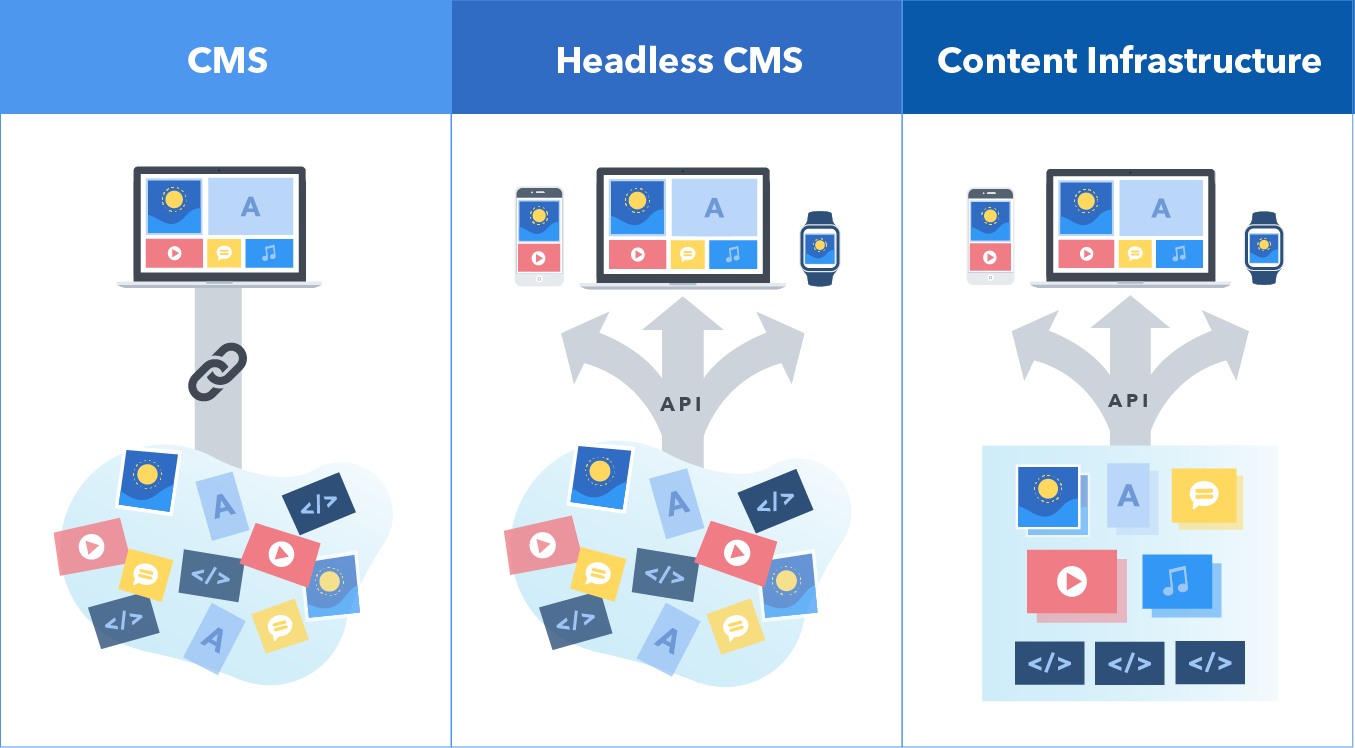
Credit: www.contentful.com
Choosing The Right Headless Cms For Your Project
Finding the best Headless CMS is crucial for your project. It impacts performance, flexibility, and user experience. Making the right choice can save time and money. Consider your needs carefully before deciding.
Assessing Your Technical Requirements
Understand your project’s technical needs. Not all headless CMS options fit every project. Here are key factors to consider:
- Integration: Ensure it connects easily with other tools.
- Scalability: Choose a system that grows with your business.
- Customization: Look for flexibility in design and features.
- Security: Verify strong security measures to protect data.
Check the API capabilities as well. A good API allows smooth data flow. This is vital for performance and user experience.
Cost-benefit Analysis
Evaluate the costs versus the benefits of each CMS. Compare the initial investment against long-term value. Consider these aspects:
| Feature | Cost | Benefit |
|---|---|---|
| Licensing Fees | Variable | Access to features and updates |
| Support and Maintenance | Ongoing | Reliable help when needed |
| Training Resources | One-time or ongoing | Faster team onboarding |
| Customization Costs | High or low | Tailored solutions for your needs |
List your expected benefits. This helps justify costs. Look for hidden fees, too. Understand all expenses before committing.
Frequently Asked Questions
What Is A Headless Cms?
A Headless CMS is a content management system that separates the backend content repository from the frontend presentation layer.
Why Use A Headless Cms?
Using a Headless CMS allows for greater flexibility in managing content across multiple platforms and enhances user experience.
What Are The Benefits Of Headless Cms?
Benefits include improved performance, scalability, and the ability to deliver content to various devices and channels effortlessly.
How Do Headless Cms Differ From Traditional Cms?
A Headless CMS focuses solely on content delivery, while a traditional CMS combines content management and presentation in one system.
Which Industries Benefit From Headless Cms?
Industries like e-commerce, media, and education benefit significantly from a Headless CMS due to their diverse content needs.
Conclusion
Choosing the best headless CMS can transform your content management strategy. It enhances flexibility and improves user experiences. With various options available, consider your specific needs and goals. A well-suited headless CMS can streamline workflows and boost your digital presence.
Make an informed choice to elevate your content strategy today.
